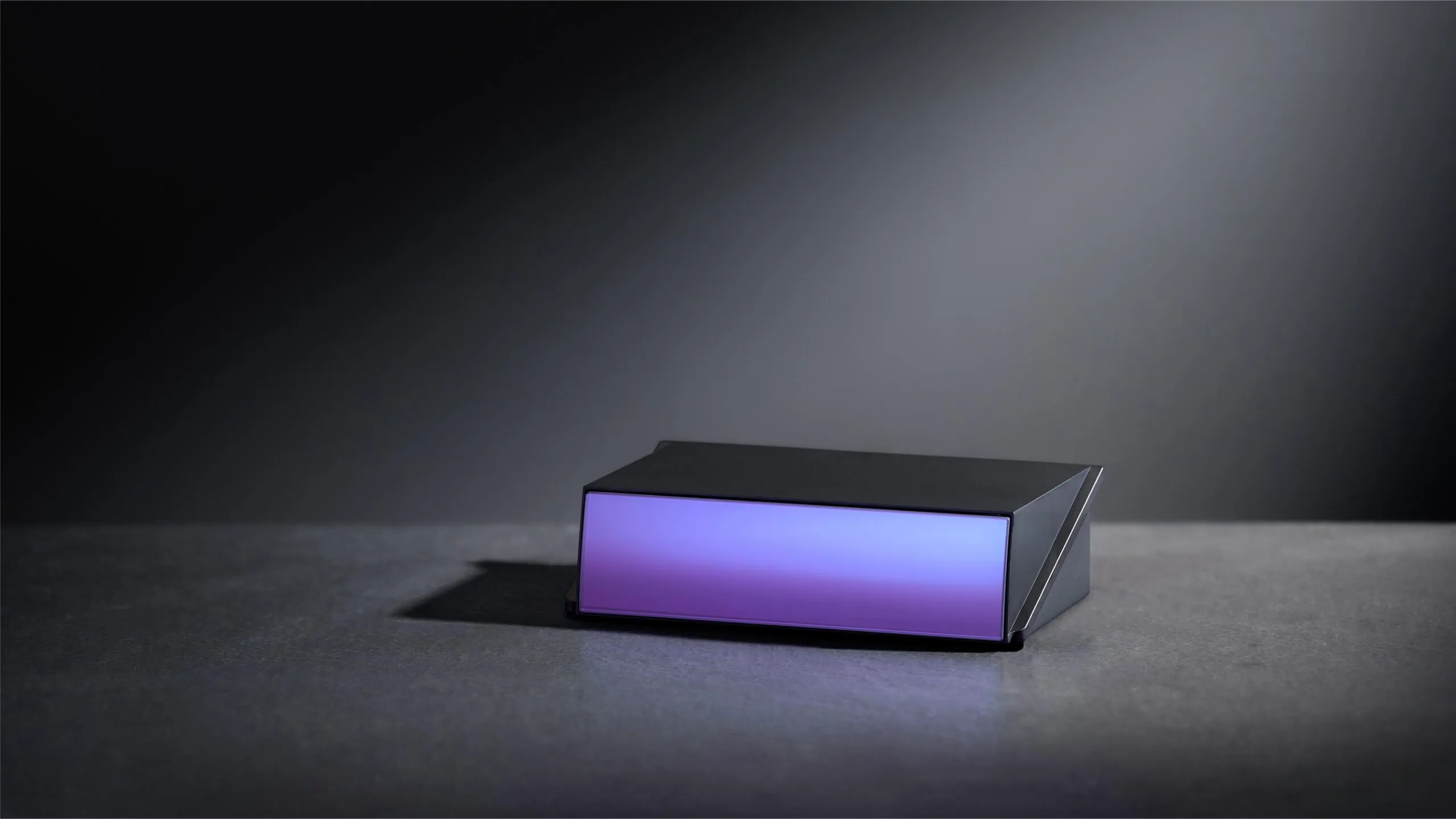
Hesai Technology has launched two advanced driver-assistance system (ADAS) Lidar products: the ultra-long-range AT512 and the ultra-thin ET25, which is designed to be installed behind a vehicle’s windshield.
The AT512 is aimed at automotive OEMs, and offers a range of 300m at 10% reflectivity with a maximum range of over 400m.
Hesai says it has a 12.3 million points per second point-rate, giving it the "highest resolution point cloud among any Lidar manufacturer at 2400x512".
The product is 160x100x45mm, and offers a 120-degree horizontal field of view and a 25.6-degree vertical field of view.
The manufacturer says it will "greatly enhance" ADAS systems by improving the vehicles perception capabilities by providing world class 3D environmental scans at ultra high resolution which greatly improves a vehicle's ability to detect objects at long range.
It suggests that AT512-equipped ADAS systems "will have 40% more reaction time to avoid dangerous road conditions and significantly improve transportation safety".
“The AT512 represents a tremendous breakthrough in Lidar technology and provides unprecidented performance improvements in all of the key areas our customers care about such as range, resolution, thermal, power consumption and form factor," said David Li, co-founder and CEO of Hesai.
"Our core belief that intelligent manufacturing needs to be part of our R&D efforts has helped us move beyond traditional 1550 nanometer laser-based Lidar to more advanced 905 nanometer technology as borne out by the superior performance, quality and reliability of our AT512."
Meanwhile the ultra-thin ET25 ADAS lidar is designed to be installed behind a vehicle’s windshield, making it easier to integrate, keeping the sensor clear of dirt and debris.
The ET25 provides 250m of range at 10% reflectivity and received a 2024 CES Innovation Award for best new product.









